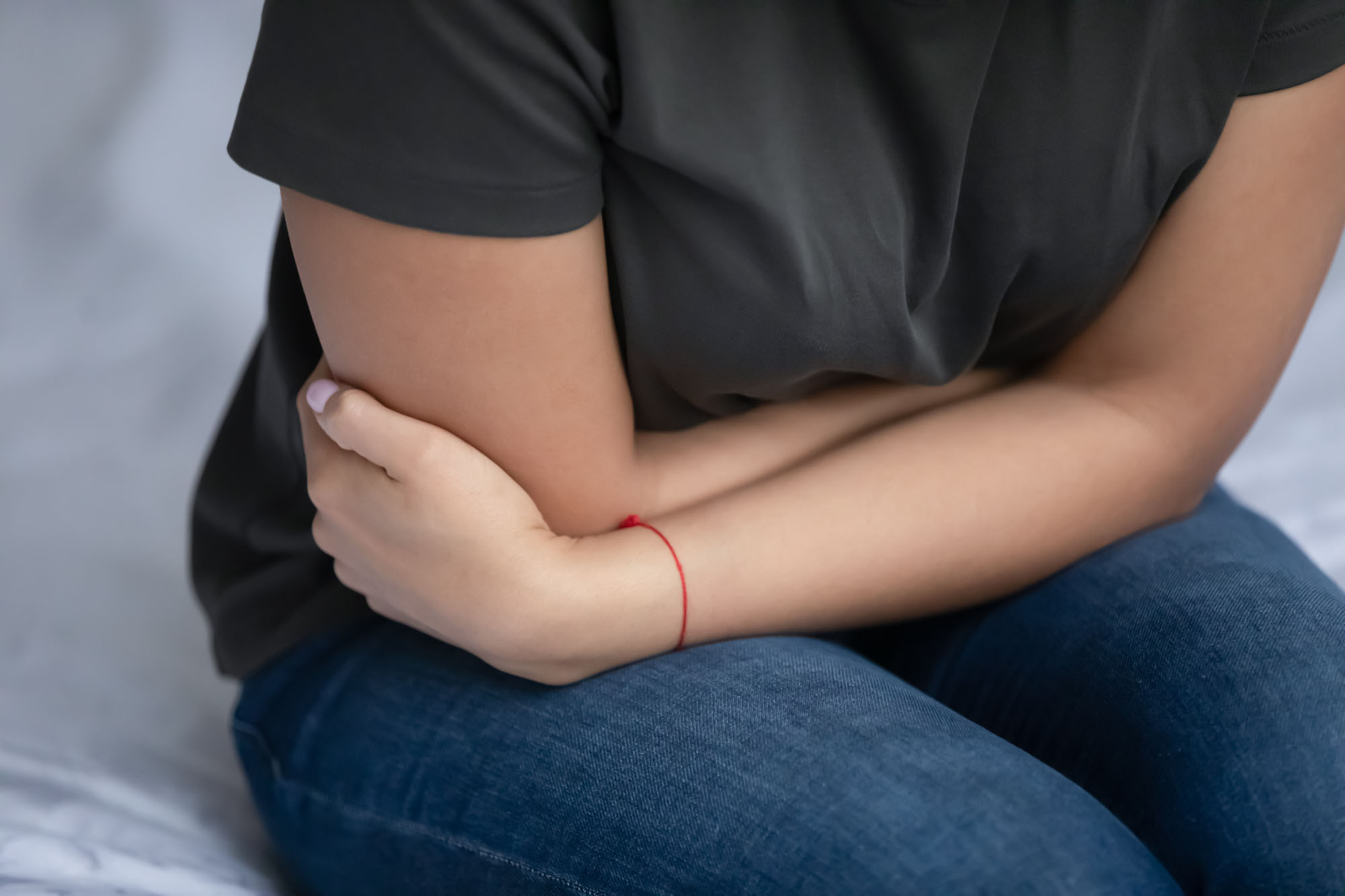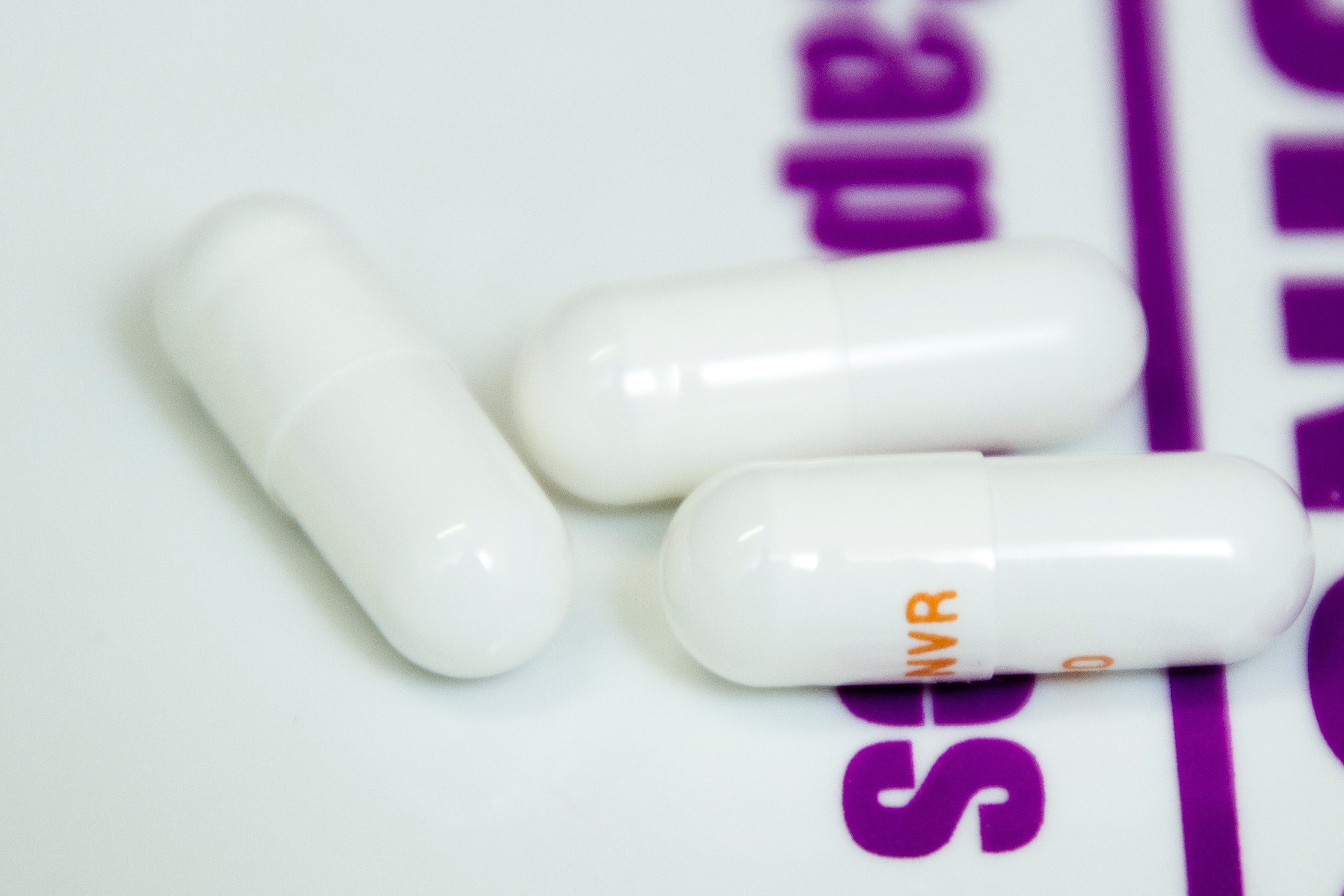How the right lighting saves on your heating costs
The intensity and colour of lighting influence heating costs. Moreover, the right lighting contributes to a healthier indoor climate in offices and other buildings. This is demonstrated in Marije te Kulve’s research, with which she obtained her PhD at Maastricht University (UM) this week. She researched the effect of lighting on the temperature of the body and on the experience of ambient temperature in a total of 65 women. Te Kulve's study shows that the right light intensity greatly influences the perception of temperature. This means that smart lighting in office buildings can lead to more temperature variation, and therefore also to a healthier indoor climate, more efficient energy consumption and thus lower heating costs.
Energy metabolism
Nowadays, we spend up to 90 percent of our time indoors. As a result, we are no longer exposed to the variations in light and temperature that occur outdoors. In buildings, the temperature is often kept constant—in the summer usually too cold, in the winter actually too hot. Te Kulve’s supervisor, professor Wouter van Marken Lichtenbelt, previously discovered that variations in temperature stimulate energy metabolism in the body. He showed that in addition to diet and exercise, our environment is also important in combating and preventing overweight and related diseases such as diabetes and cardiovascular diseases. The PhD research by Te Kulve elaborates on this and thus now shows that lighting influences the body’s perception of temperature.
Energy consumption
Lighting affects not only health, but also energy consumption. A lot of energy is used to regulate the indoor environment in buildings. Buildings typically use up to 50% of the total energy consumption for heating and cooling. If the indoor temperature would be adjusted more often to reflect the outdoor temperature, then that would greatly reduce energy consumption. Lighting can then help to influence the temperature perception of the office users. With the lighting condition that was perceived as most pleasant, the temperature was also perceived as more comfortable by the participants in Te Kulve’s study. “It’s not for nothing that I chose women as test subjects in my study”, says the UM PhD graduate. “Women are generally more sensitive to temperature variations than men.”
Guidelines
Te Kulve was originally educated as a building physicist, got her PhD as a health scientist and now works as a specialist at consultancy firm BBA Binnenmilieu in The Hague. According to the PhD graduate, the guidelines for lighting conditions in buildings should be adapted on the basis of the findings from her thesis. “Guidelines are primarily based on visual needs and are often task-related, or functional. Considering the health of the staff, the environment, as well as the impact on your own wallet, you should also look at other effects of lighting conditions. Take, for example, the influence of artificial lighting on the biological clock, as well as on how temperature is experienced. Indoor climate is actually a very holistic experience.” But how do you go about optimising it? Te Kulve’s number one tip: “LED lighting systems are increasingly used in buildings because of their energy efficiency. An additional advantage is that these systems offer the possibility of creating dynamic lighting conditions with which you can optimally vary the spectrum and the intensity of the light.”
Also read
-
In honour of the presentation of the VNVA Els Borst Prize for her oeuvre, Prof Marlies Bongers is organising the symposium "menstruation in RED on the agenda" on 1 October.
-
In women trying to conceive, 1-3% experience repeated miscarriages. For more than 50% of these women, a cause for the miscarriages has yet to be found. New research from Maastricht University (UM) and the Maastricht University Medical Centre+ (MUMC+) shows that the immune system’s Natural Killer (NK...
-
The European Commission has awarded €23 million to set up a new platform for drug repurposing: the use of existing drugs in diseases other than those for which they were originally developed. In the next seven years UM will develop the platform REPO4EU (precision drug REPurpOsing for Europe)...


